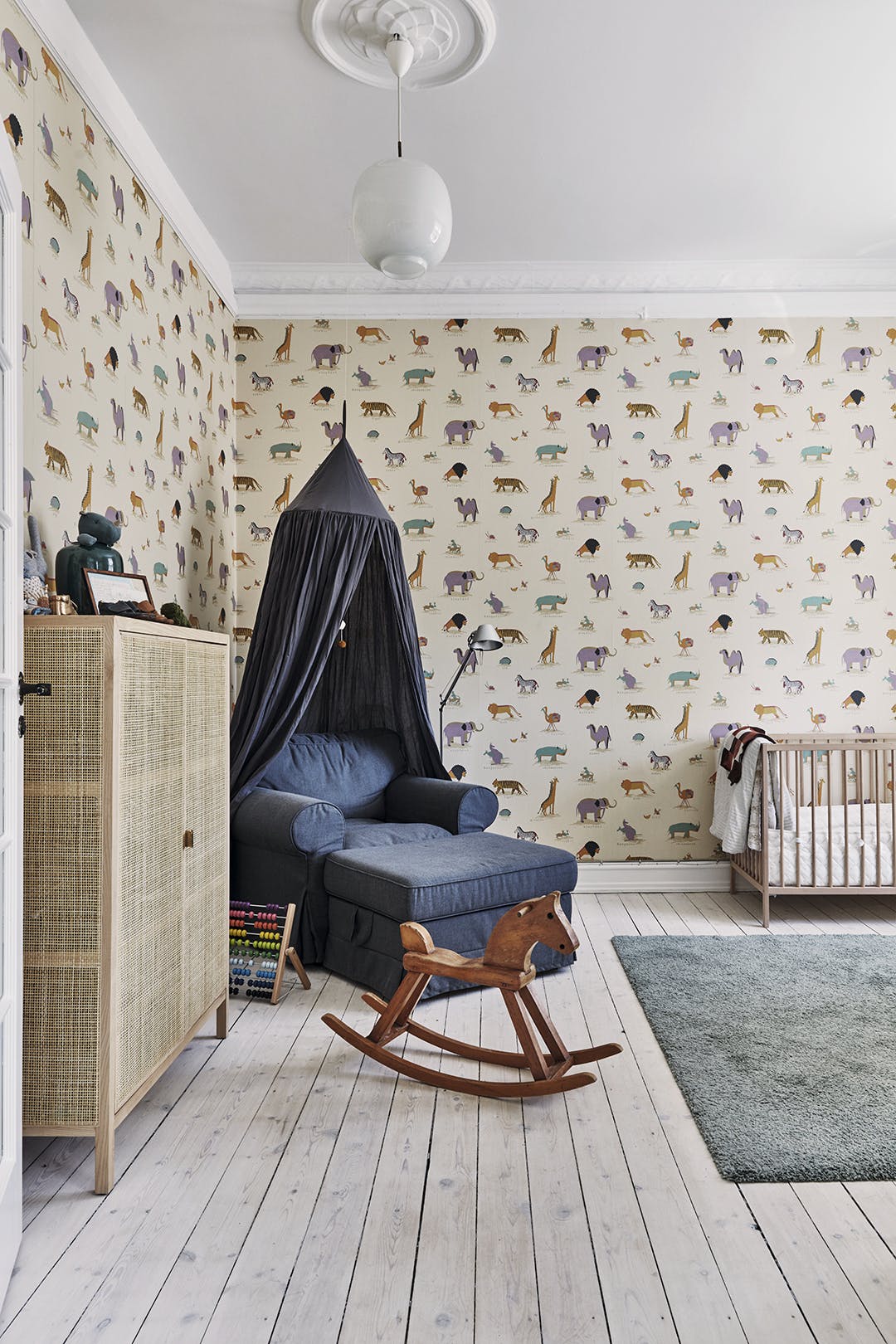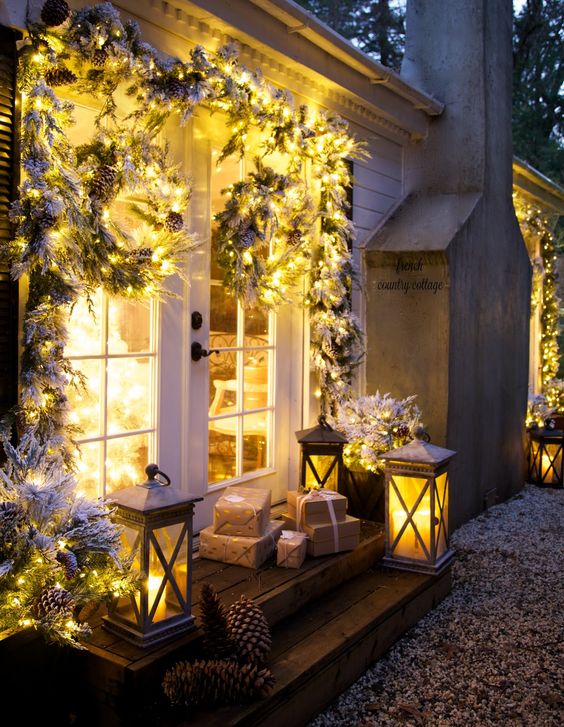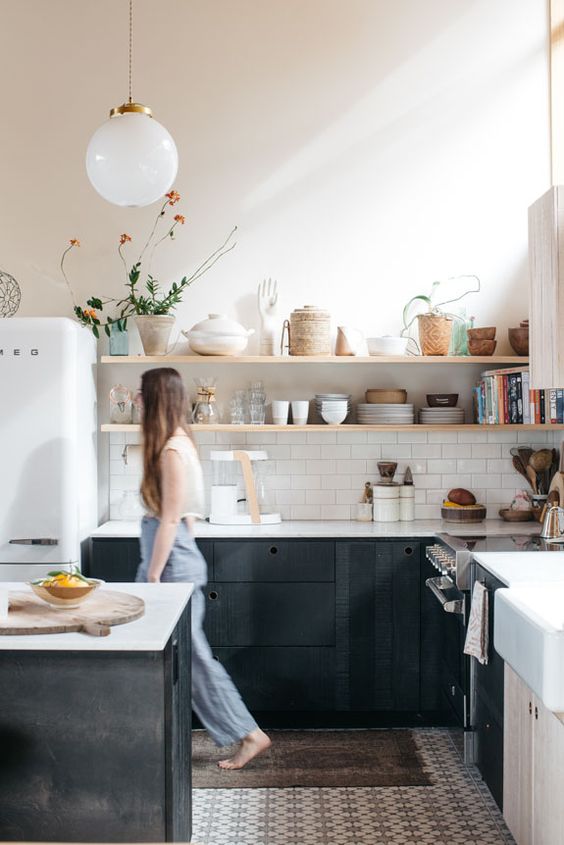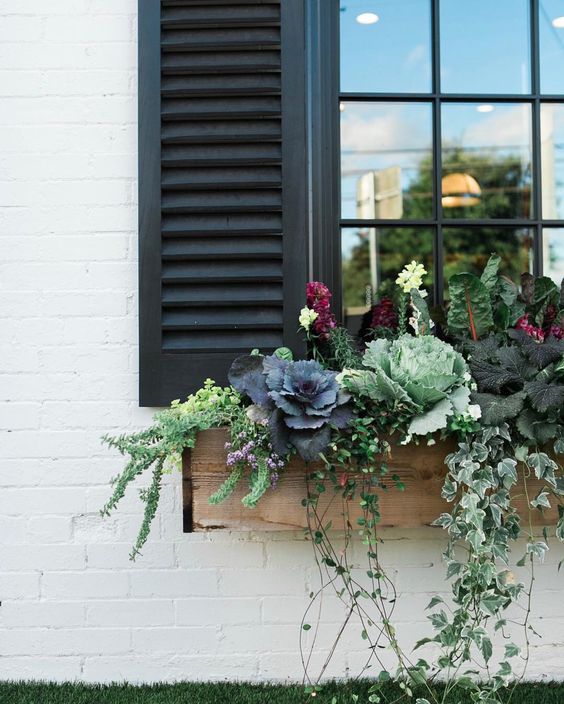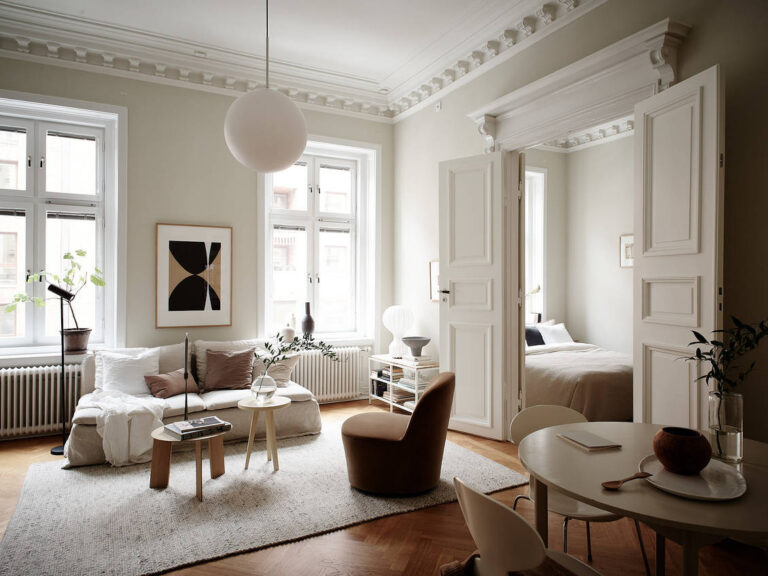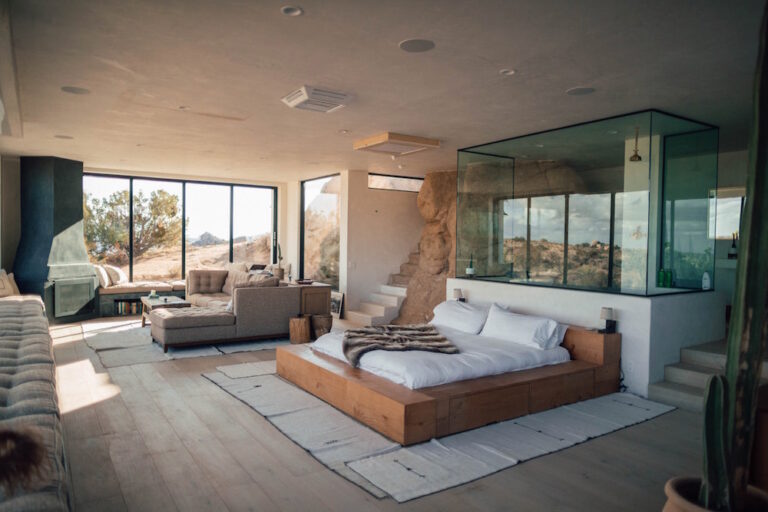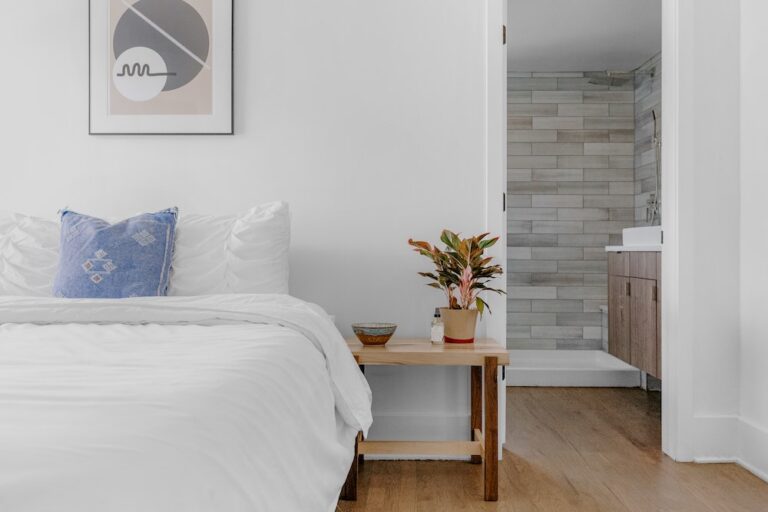Is it Time to Update Your Old Skirting Boards?
When you think about freshening up your interiors, your first thoughts are usually that of new paint or wallpaper, as well as some new curtains and soft furnishings. One thing you could easily overlook is your skirting boards, which is a shame, because there’s dozens of styles and even colours to choose from these days. All you need to do is spend a few minutes on skirtingsrus to get some ideas…
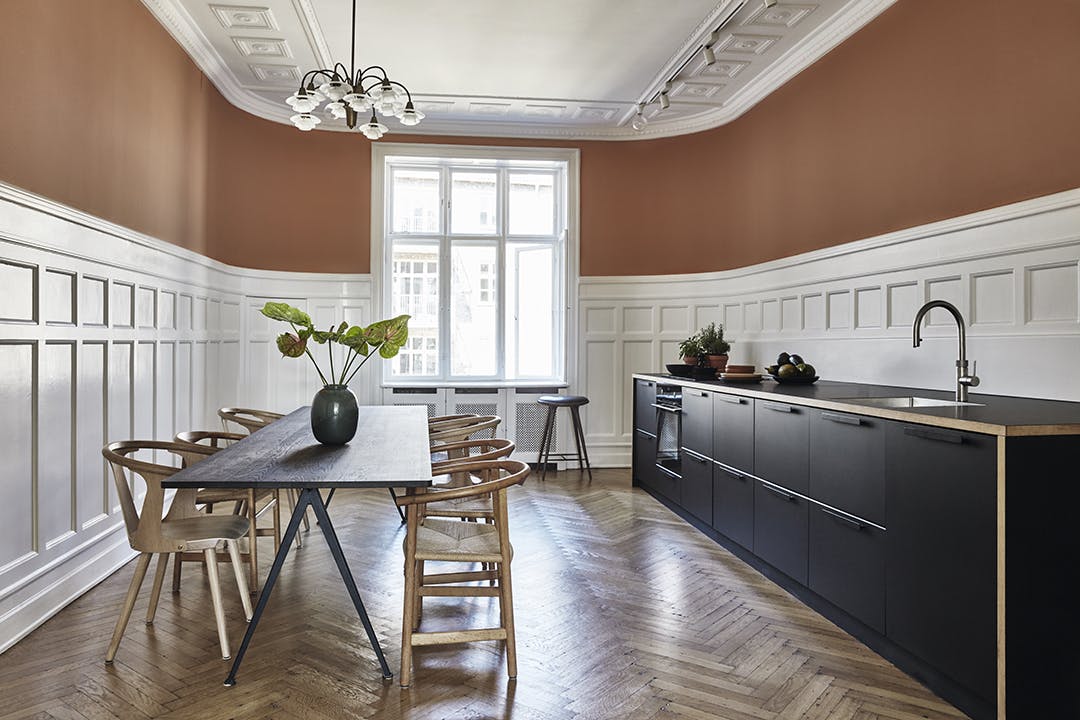
How about some new colours?
The time was when all skirting boards were white and that was that. They were made from wood and then painted white – usually several times – over their lives.
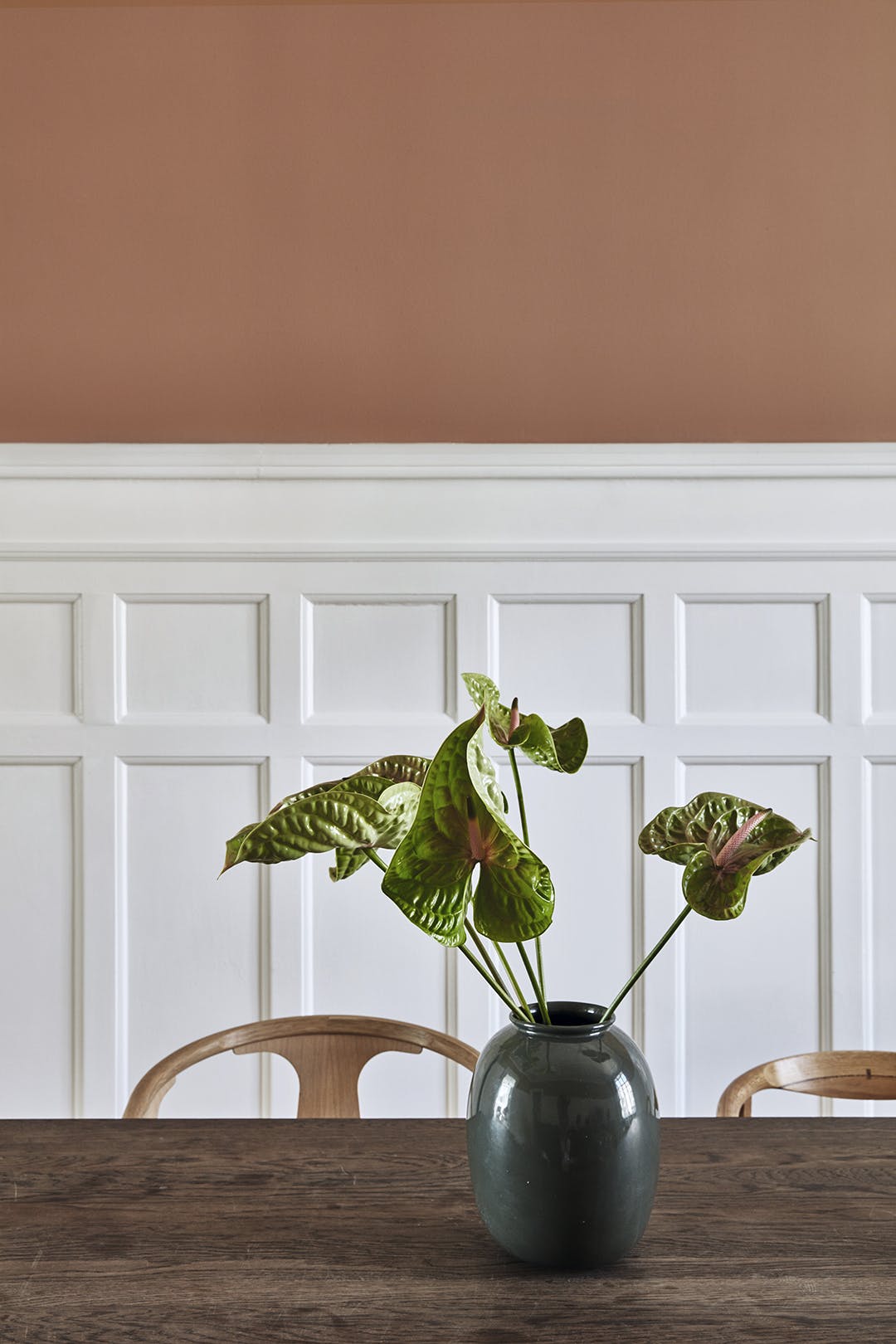
You ended up with a blurry-looking set of boards with a gloss finish in varying shades of yellowing white that were hard to keep clean. In addition to this, the wood would become brittle and warp over time.
If you’re looking at layers of old paint and boards that are pulling away from the wall, it’s time to bring some new ones in. You can, if you want, do away with the standard white and add some interest or class with a primary shade or a more subtle dark grey, for example.
You can have pretty much any colour or shade you want, whether it arrives pre-painted from the supplier or you paint your boards yourself. It’s all up to you now.
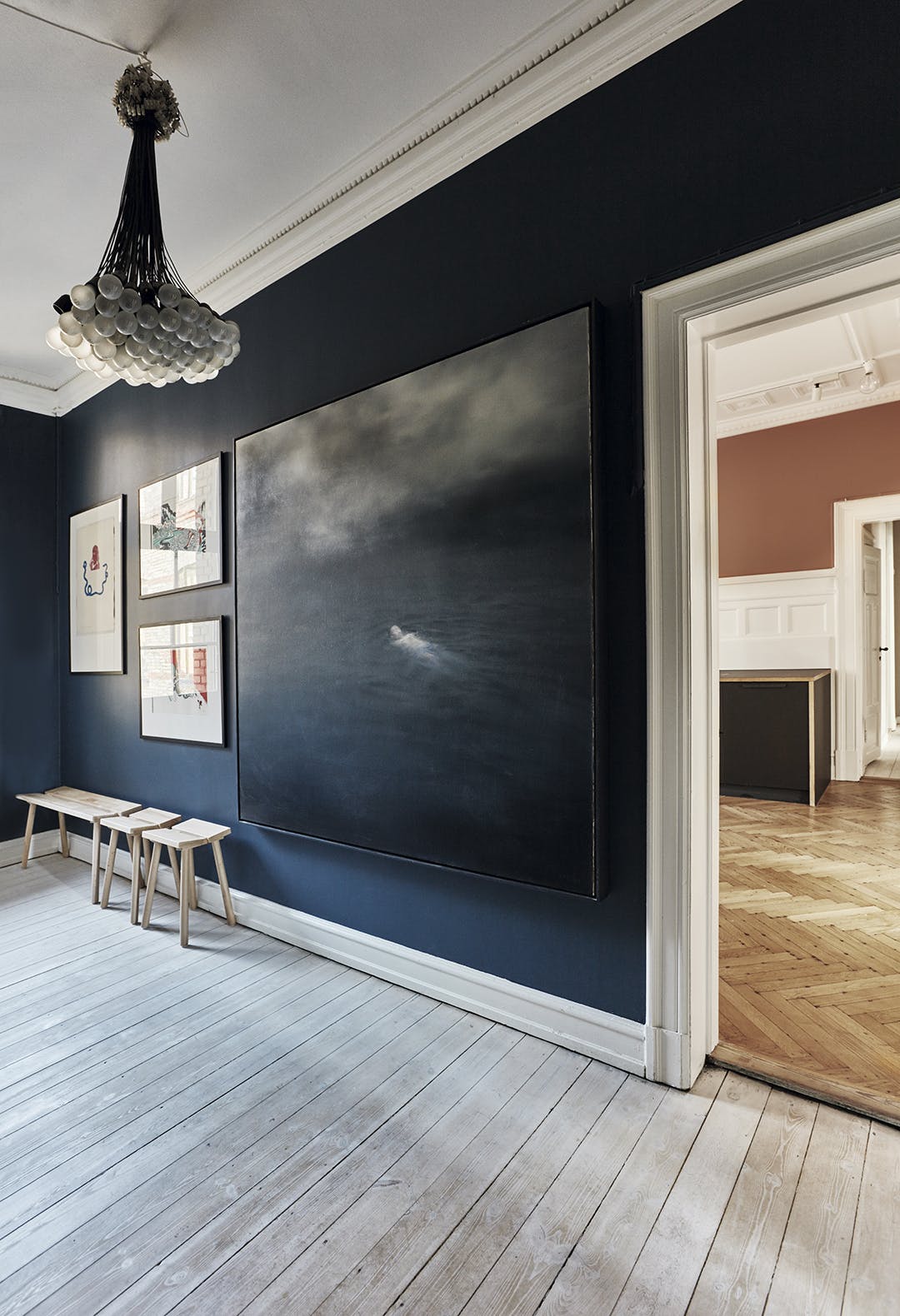
Try some different designs
It can actually be overwhelming, choosing a new design, as there’s so many. To make it simpler, you can ask your supplier for suggestions based on your general décor and style and then go from there. Or, on the other hand, you could throw away the rule book and do something completely different.
In general, though, the more ornate a board is, the more traditional it is. Modern boards tend to be plainer, with just one or two clean grooves cut in, if that.
You can also change the height and thickness of the boards
Years ago, you were also restricted to a choice of very short or quite tall, with the taller boards going alongside older and period properties. Newer builds tended to have skirting boards of just a few centimetres, which might have worked with your ideas, but if it didn’t, you were stuck.
If you want to go from low to high now, you can. You can also go in the opposite direction, although this usually involves re-plastering the wall as plastering tends not to go down to the floor behind the boards.
You can even change the thickness of your skirting boards now, although you do need to abide by the rules of interior design a bit more here.
Thicker boards are stronger, but they really make the designs stand out – literally and figuratively. It’s best to use thicker boards in a bigger space as they’ll need the space to “work”. With narrower or smaller spaces, you should stick with narrower boards or they’ll dominate the place, making your feet feel crowded.


